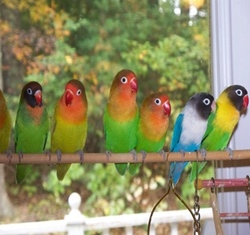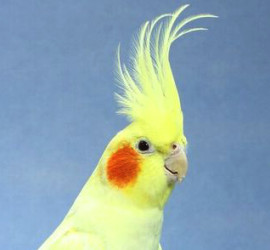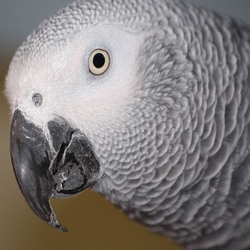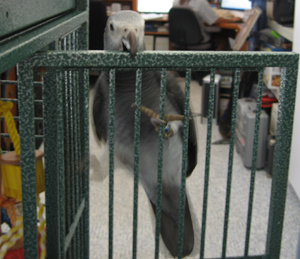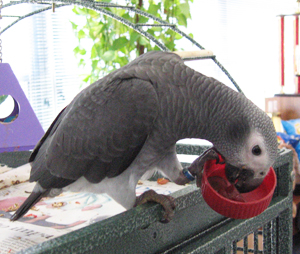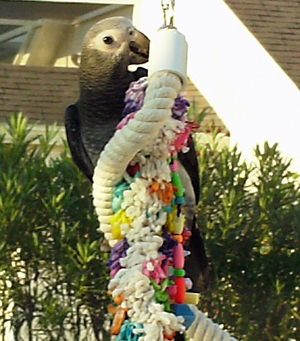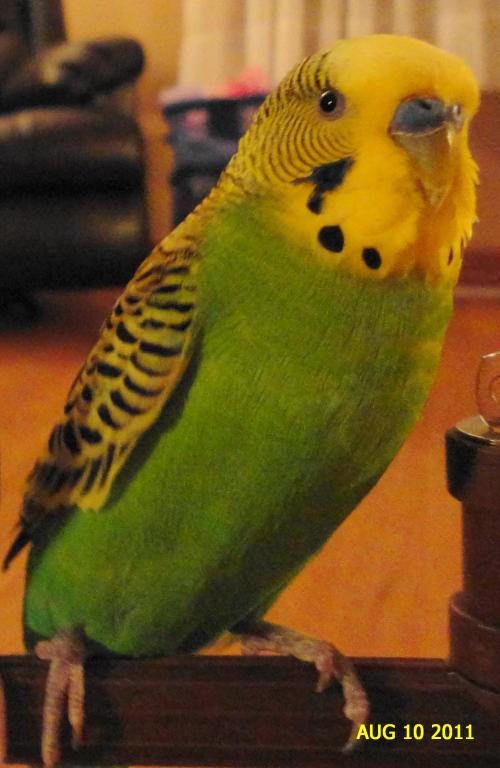Blood Collection for DNA
Please follow the steps below to collect blood for an DNA test. When collecting blood, use caution to avoid DNA sample cross-contamination and/or bird infection. Avoid touching the circle on the Blood Sample Card where the blood is to be placed. If you are collecting samples from more than one bird, you should sanitize the nail clippers with alcohol and wash your hands thoroughly between each collection.
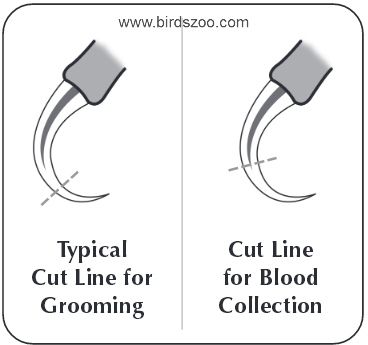
1. Label Each Avian Blood Sample Card to be Used
Before you start collecting the samples, label each Blood Sample Card to be used with the submitter’s name, species of bird collected, and a Bird ID. The Bird ID can be the bird’s name, band number, or cage number. Use the same Bird ID on the Avian DNA Sexing Submission Form so that you can match the final DNA results to the correct bird.
2. Clip Toenail to Obtain a Blood Sample
With the bird under control, examine the toenail to ensure it is clean. A swab of alcohol can be used to clean the area, if necessary. Use a sanitized pair of nail clippers to clip the bird’s toenail just enough to nick the vein (approximately 2/3 of the distance from the root of the nail) and produce blood flow.
3. Spot Blood on the Blood Card
Remove the first bead of blood with a swab or absorbent cotton ball and discard. Next, carefully touch the Blood Sample Card to the blood flow and absorb a few drops of blood onto the card. If the blood flow is slow, gently squeeze on the toe with a pumping action. It is not necessary to completely fill the circle on the card with blood; just be sure to collect enough blood to be visible (usually 1-3 drops of blood).
4. Allow the Blood Sample to Air Dry Completely
Once the sample has been collected, set the Blood Sample Card aside to air dry on a clean surface. Check that the bird is no longer bleeding before returning it to its cage. To stop further bleeding, apply a coagulant, such as Kwik Stop, to the area. Cornstarch, flour, or baking soda may also be applied as alternatives.Allow the card to air dry completely by leaving it at room temperature for 60-90 minutes. Once the card is completely dry, insert it into an envelope or small resealable plastic bag. Use one envelope or bag for each sample collected.
Avoid touching the blood sample area while handling the card. Storage of blood cards in plastic, especially when cards are not completely dry, may lead to bacterial and fungal growth, which could render the sample unusable. Mail the sample to Veterinary as soon as possible after collection.
5. Fill Out the Avian DNA Sexing Submission Form and Mail to Veterinary
Complete the accompanying DNA Sexing Submission Form with the submitter’s information, information about each bird including Bird ID, and payment information.




















